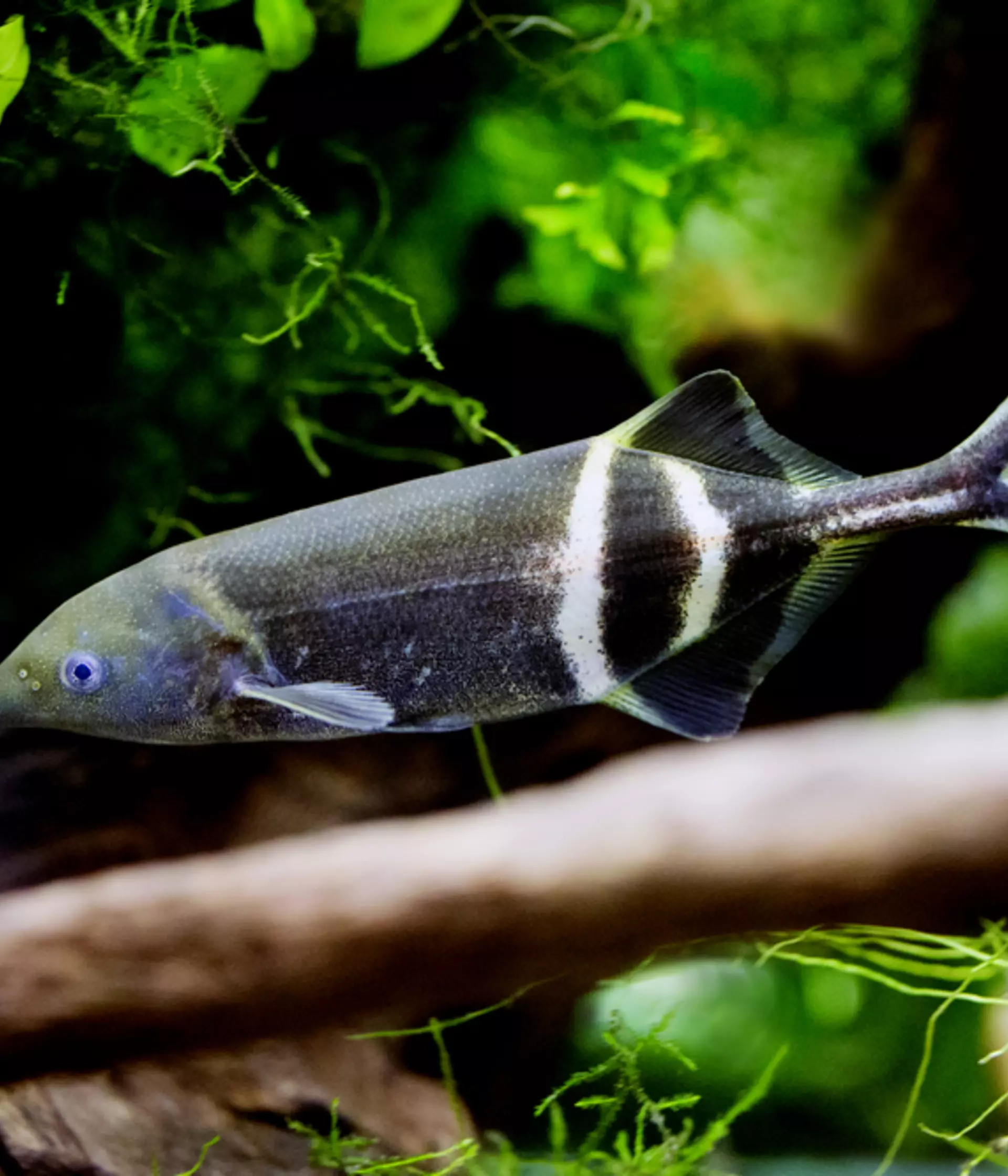Our Aquarium is a round-the-world journey through ten of the planet’s most extreme aquatic habitats, from a vibrant flooded forest in Brazil, to an African puddle!
Whilst also providing a base for our leading conservation work, protecting some of the rarest and most critically endangered fish on the planet.
These habitats provide an accurate snapshot of life across the globe, built by our conservationists to celebrate wildlife and showcase the precious ecosystems that we are at risk of losing. Watch snakes slither across the branches and geckos jump leaf to leaf across their forest habitats, as fish shoal below between the roots.
Flooded Forest
Can fish live in trees?
Every year the Amazon River floods, spilling billions of litres of water into the heart of the rainforest and bringing fish with it. Far from being a natural disaster, this flooding is essential to the survival of both fish and forest. The river itself has very few nutrients, so many fish rely on eating the fruit, seeds and even wood that the flooded forest provides. In turn these seed-eating fish spread the trees’ seeds far and wide.
Spot amazing species like the fantastically-named chocolate rhinoceros suckermouth catfish and the sickle-backed brycon, which can leap out of water!
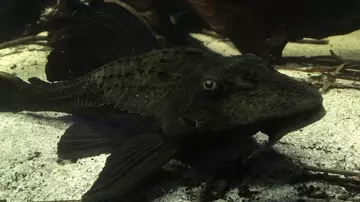
Turbulent stream
Fish don't always swim
To avoid getting washed away by rapids, these loaches use their fins as ‘suction cups’ to cling onto rocks. Instead of swimming they mostly crawl along the bottom and eat by scraping algae and insect larvae from the rocks they hold onto.
Look out for our spotted hillstream loach. Males perform fluttering diplays to impress females and sometimes fight for the best feeding spots by pushing their bellies together!
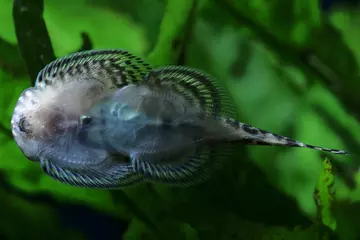
Puddle
How can a fish live in a puddle?
The Sainthouse’s killifish spend their whole lives in a single large puddle! When the puddle evaporates the eggs survive in the cool, muddy ground, where they slowly develop and then rest for many weeks. When the rains return the eggs hatch within minutes, into the next generation of amazing puddle fish.
Look out for the killifish named after Ian Sainthouse, a ZSL volunteer. These fish live their whole lives in a single year - they become adults in just 17 days!
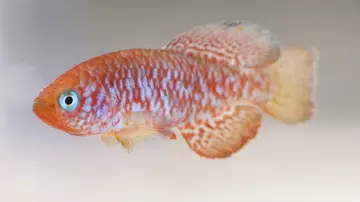
Creek
Do fish have feelings?
These beautiful rainbowfish sometimes change colour depending on their mood. The brighter and more colourful they are, the better they’re feeling. They also use their spectacular colours and patterns to show off to potential mates. Males are often more colourful than females and put on dazzling displays using their extended flashy fins.

Desert spring
Fish in a desert?
You’re looking at one of the last remaining populations of La Palma pupfish, a species that is now Extinct in the Wild. These extreme survivors lived in a tiny desert spring in Mexico. They survived intense sunshine and temperature changes, but not the effect of humans - in 1996 their spring dried up due to overuse for agriculture. Now, ZSL is breeding this fish to learn from this amazing species and ensure its survival.
ZSL's Mexican pupfish conservation
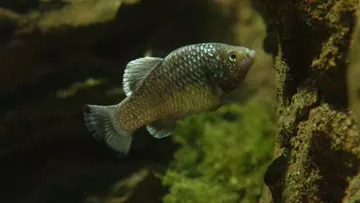
Underwater caves in the Middle East
Life in the dark
These fish have no need for eyes, colours or scales. They live in pitch-black caves and have adapted to the darkness. Even though these fish are born with eyes they slowly close over as they grow. Instead of sight they find their way around by pulsing water from their mouths and feeling for the waves that bounce back to detect their surroundings.
Amboaboa river (Madagascar)
How do you help a fish?
Fantastic fish in Madagascar are in trouble. Many rivers on the island are drying up as forests are chopped down and more water gets used to grow crops. The smaller, remaining rivers mean native fish are struggling to survive. ZSL is working with local communities in Madagascar to monitor rivers and build back-up populations. Together we’re finding ways to ensure a future for these fish and the livelihoods of the local people.
Large and ancient lake in Africa
Can fish be good parents?
Almost all the cichlid fish in Lake Tanganyika can only be found living in this single lake. Their home is teeming with competitors and predators, so these fish go to extreme lengths to ensure the survival of their young. One mother fish stops eating for a month while she carries her 5-20 eggs in her mouth. Even after they hatch, she continues to carry the small baby fry in her mouth for protection.
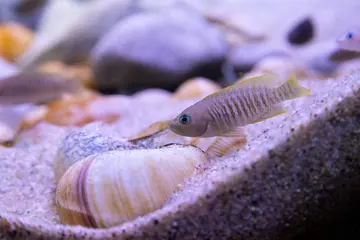
Freshwater fish conservation
We're working to protect freshwater ecosystems across the globe. Surveying species and saving killifish from extinction in Turkey and breeding fish that are classified as extinct-in-the-wild at our aquarium.
From the fresh pitter patter of tiny feet to massive new arrivals, get the latest Zoo news straight into your inbox.
